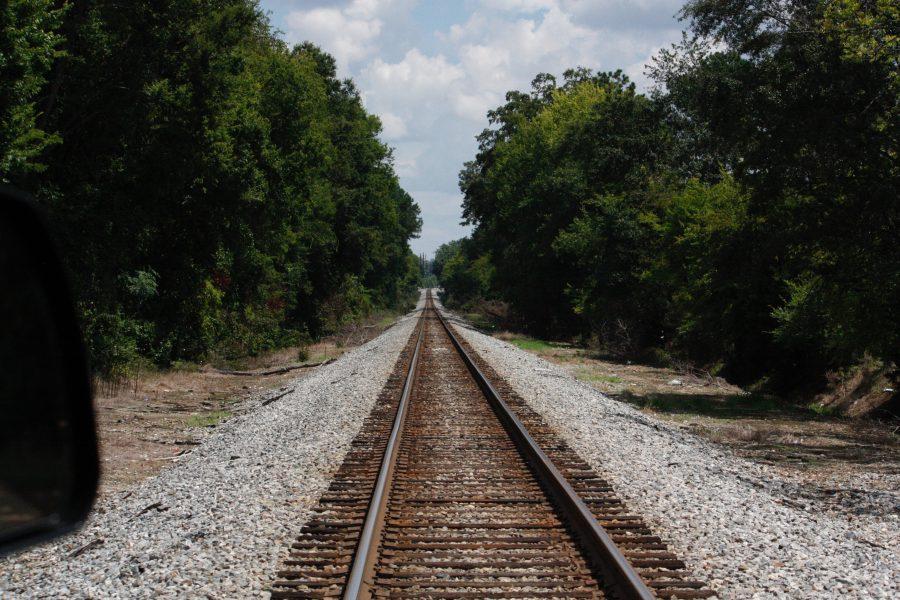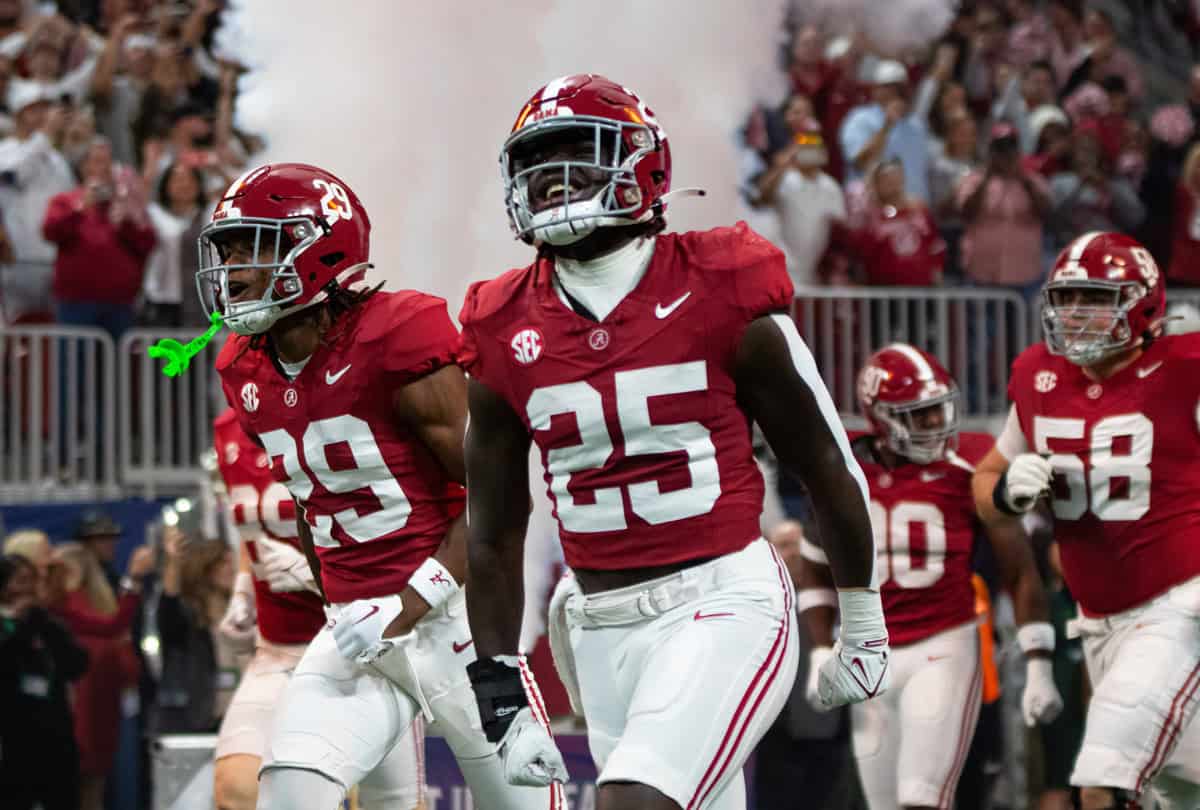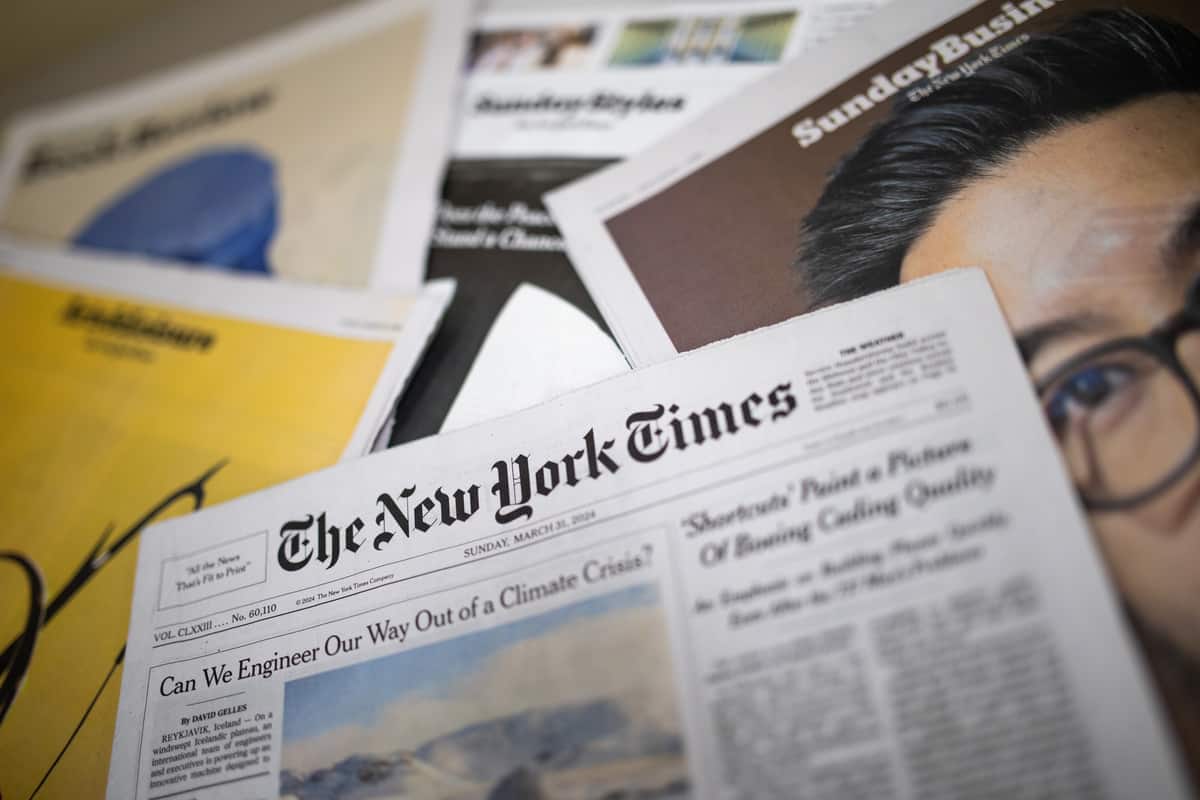As the UA campus continues to expand outward, numerous student housing developments have been constructed outside of what has traditionally been considered to be walkable to class. These new developments line 15th Street and beyond, and generally require students to bike, take the bus or drive for their daily commute to class. While such a task is not explicitly burdensome, it is made more difficult by the railroad bisecting multiple routes to the University from off-campus locations. More than just a minor inconvenience, the rail line has the potential to interfere with the daily commute of students and restrict timely access to emergency services such as those at DCH. With road projects taking place across the City of Tuscaloosa, rail crossings deserve attention as the next transportation issue to address.
Aside from the typical headache of unanticipated trains passing over city streets during a morning commute, surface-level rail crossings prove exceedingly troubling when trains come to a halt on the lines, as they often do near the southwestern portion of campus. When trains stop on the tracks, rail crossings are blocked and access to and from campus is indefinitely restricted, forcing commuters to alter their drive. When one crossing is blocked, bottlenecking occurs for the rest.
On top of logistical problems, rail crossings, particularly those on 10th and 12th Avenues, are in very poor condition compared to the general state of Tuscaloosa roads, rattling and shaking all but the most off-road-capable vehicles. With so much work to improve roads only a short distance away, as has been the case with the repaving of Bryant Drive and 15th Street, it is impractical to not improve the connecting roads that link the two.
Four Tuscaloosa roads with rail crossings link 15th Street to the campus area. With none of the four routes containing more than one inbound lane, even an unobstructed drive into campus becomes less manageable as more traffic is added to Tuscaloosa roads each year. In order to avoid the use of these routes, students must endure a congested drive down McFarland Boulevard or add commuter traffic to narrow streets in Tuscaloosa’s historic residential neighborhoods. To meet the increasing vehicular demands of campus, upgrades need to be made to rail crossings, making the roadways suitable for the moderately sized and growing City of Tuscaloosa and The University of Alabama.
While metropolitan centers like Birmingham are able to minimize issues with rail crossings by constructing large, arching byways, even many small cities are able to send roads over or under major rail lines through town. Tuscaloosa already has McFarland Boulevard routed underneath a rail bridge, and the city has grown exponentially since that route has been in place. A solution such as a rail bridge over Hackberry would be costly, but the return for the city would be long-lasting. As the city has grown and existing routes have become insufficient in dealing with daily levels of use, roads have been widened and intersections have been altered. It is time for Tuscaloosa to turn its attention toward doing the same for its highly used rail crossings.
Hunter Richey is a senior majoring in economics and political science. His column runs biweekly.







